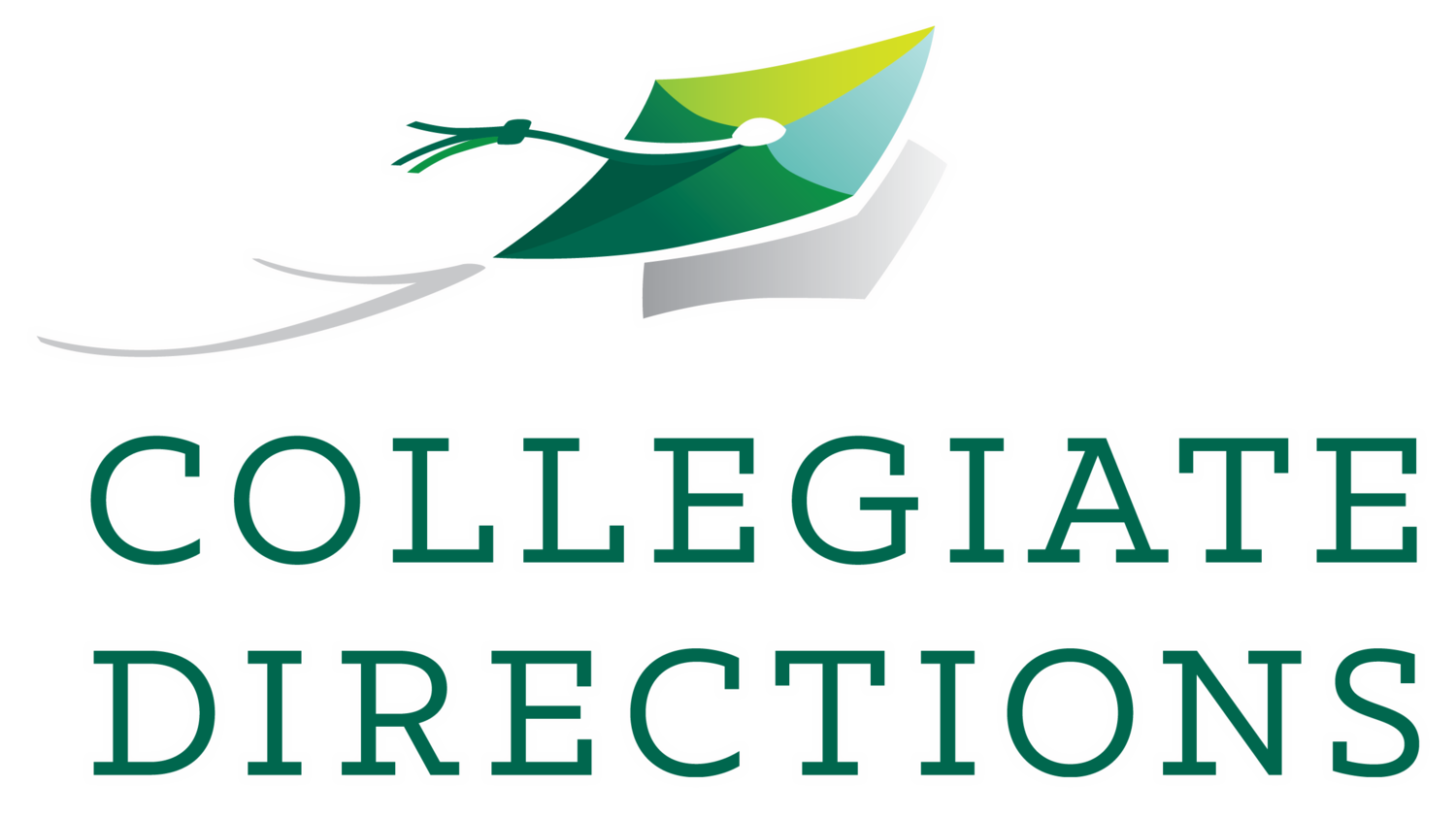Defining the Cost of College
Study shows how confusing, misleading financial aid information can lead to unanticipated costs.
For a large segment of high school graduates and their families cost is the primary determining factor in choosing a college, making the assessment of financial aid offerings a critical decision.
Typically, information regarding the amount and type of financial aid a student will receive arrives after they are notified that they have been accepted to a particular college. With financial aid award packages in-hand students and families must then sort through their options to arrive at a final selection that is the best financial and academic fit.
However, a recent study, Decoding the Cost of College, conducted by New America and UAspire has found that financial aid award information provided by many colleges and universities is inadvertently convoluted at best and intentionally deceptive at worst.
The study, which focused on Pell Grant eligible students and examined more than 500 financial aid award letters, concluded that the primary problems involve the use of vague and confusing language, the omission of complete costs, a failure to differentiate types of aid, inconsistent bottom-line calculations, no clear next steps, and the misrepresentation of loans.
Among the award letters, researchers found 455 colleges that included unsubsidized student loans in their aid packages but listed them using 136 different terms. Some of the award letters did not use the term “loan” at all. Because loans must be repaid, the shell game played with the terminology can present obvious problems for already cash-strapped families and students leading to an increase in out-of-pocket spending for college that can quickly derail educational aspirations. On average, two-thirds of the cost of college attendance was covered by scholarships, grants, and loans from federal or state governments, leaving nearly $12,000 to be paid by the student and family through work earnings, private or federal parent loans, savings, or other sources.
According to the study, “No federal policy exists that requires standardized terminology, consistent formatting, or critical information on every financial aid award letter. Without guidelines, the consumer is left without an apples-to-apples comparison for a major financial decision.”
The end result is colleges and universities communicating about millions of dollars of federal aid in hundreds of different ways.
Experts suggest the solution to this confusion is the creation of federally mandated financial aid award letter standards, similar to nutritional labels found on packaged food.
In the absence of such standards, low-income and first-generation-to-college students are the most likely to fall victim to the confusion because they are the most dependent on financial assistance to attend college and, by definition, are the first in their families to engage in the process of applying to and paying for college.
At CDI we recognize the significance and the enormity of the financial hurdles our Scholars face and understand the domino effect caused by a confusing system that produces unanticipated costs that can lead directly to a talented student dropping out of college.
To counteract these problems, CDI counselors work one-on-one with Scholars and their families to navigate the complex maze of financial aid applications and awards.
It is a process further complicated by the unique circumstances common to many CDI Scholar families, including missing or incomplete tax forms, questions regarding legal status, and students being flagged for document verification.
Despite the challenges, CDI’s Scholars Program has consistently produced spectacular outcomes that far outpace national college financing trends.
Since 2007 CDI Scholars, on average, paid no more than $5,500 out-of-pocket to attend the four-year residential college at which they matriculated. More than 50-percent of Scholars in each class had a college option to which they could have paid less than $3,000 out-of-pocket in their first year. CDI Scholars receive an average of $32,000 in college grants and scholarships versus the national average of $14,000.
By helping Scholars obtain financial aid that is not dependent upon high-interest student loans, and free from unanticipated costs, CDI counselors greatly improve the odds of college graduation. They also help Scholars avoid the national average debt of $26,300 for graduates with a bachelor’s degree that can potentially mire them in the same economic position from which they began their educational journey.
The efficacy of the Scholars Program is even more impressive considering that the financial aid outcomes are dependent solely on external resources. CDI does not supplement financial aid gaps with its own funding. Therefore, the expertise of CDI counselors in successfully traversing the ever-changing financial-aid landscape is invaluable and maintaining a manageable student-counselor ratio is critical to the continued success of the program.
The fact that for more than a decade CDI Scholars have graduated from more selective colleges at higher rates and with less debt than their peers is a testament to the effectiveness of the CDI model and the talent of CDI’s counselors.
With the help of donations, sponsorships, and underwriting, CDI can expand the reach of our successful, proven program and help even more low-income, first-generation-to-college students reach their educational aspirations and achieve what’s possible!
Collegiate Directions, Inc. is a 501(c)(3) nonprofit organization committed to closing the education, achievement, and opportunity gap for low-income, primarily first-generation-to-college students. CDI provides comprehensive college counseling, targeted tutoring, test preparation, study skills training, leadership training, and ongoing support, starting in 10th grade and continuing through successful college graduation — leading to a 97% college graduation rate for participating students. CDI extends its work to high school college advising offices through tailored consulting focused on helping school counselors and staff improve college advising and supporting students to find their best-fit college.

